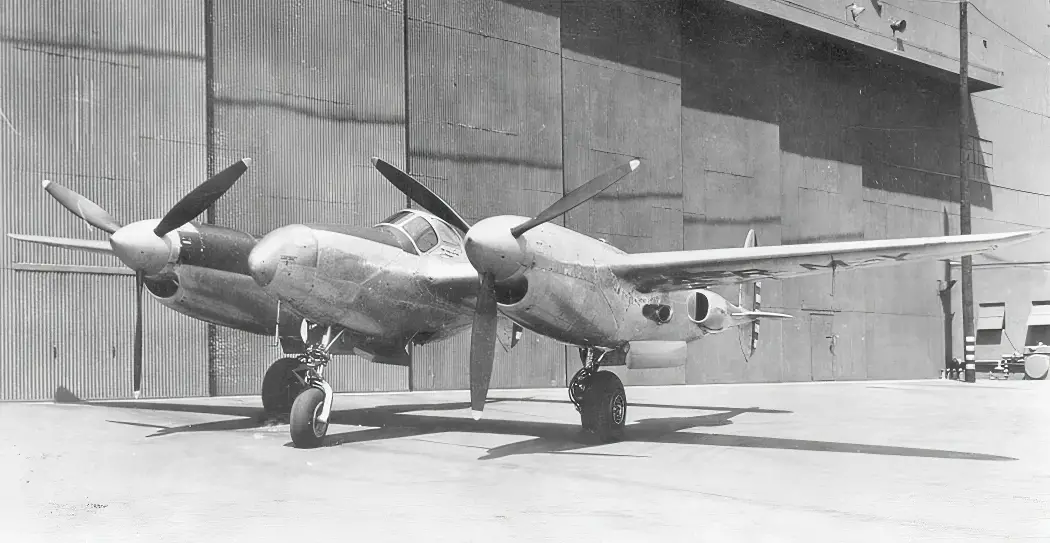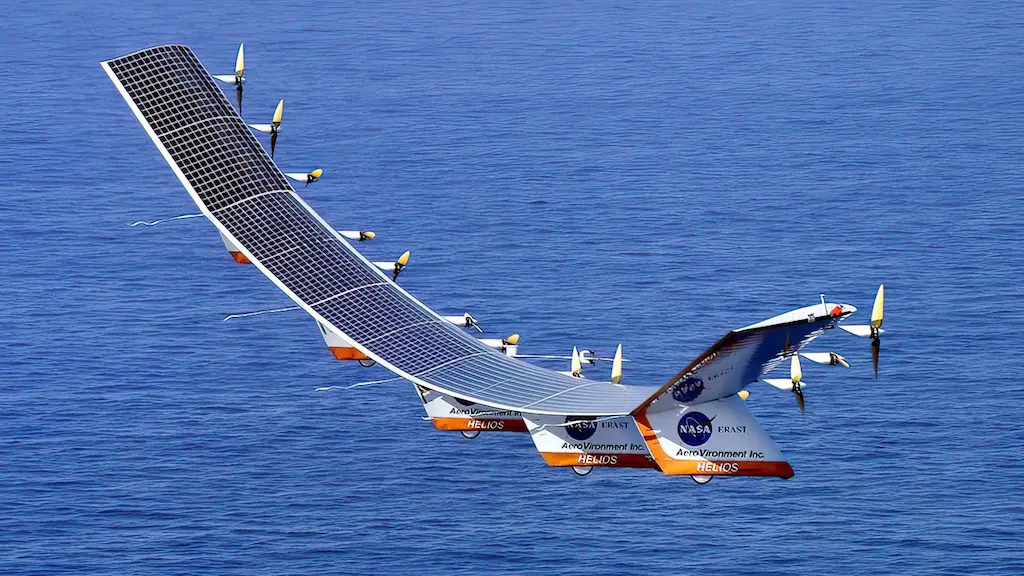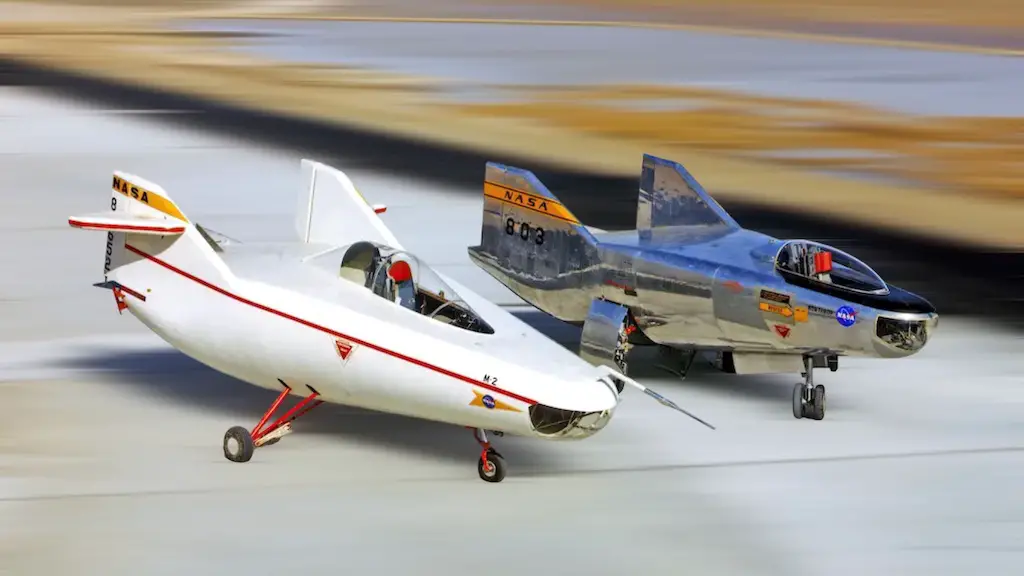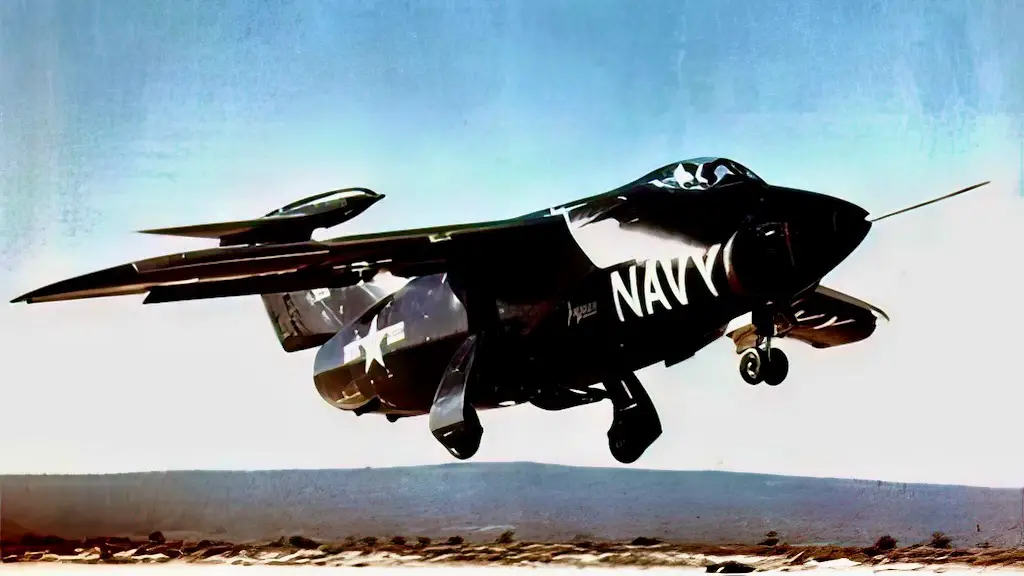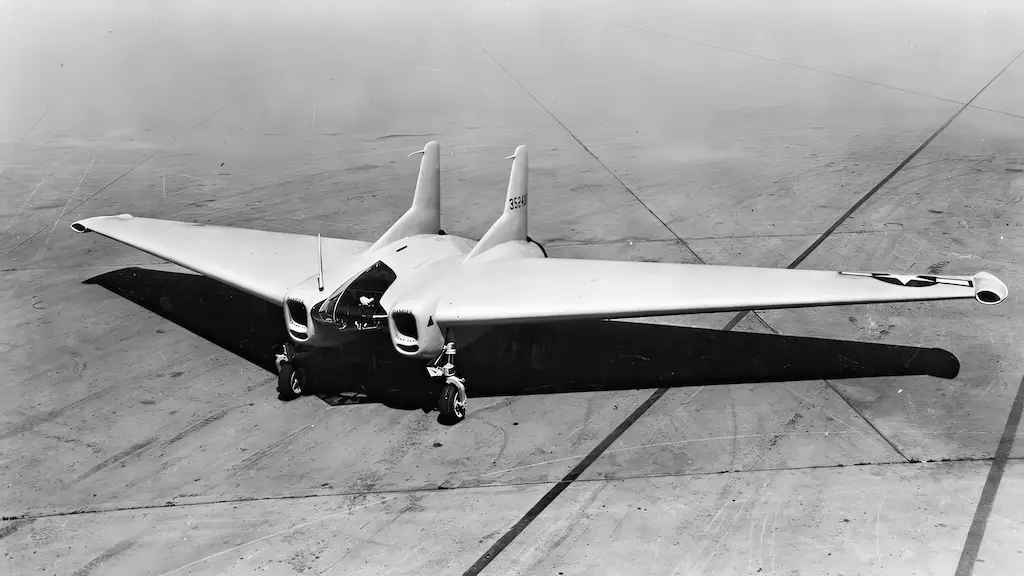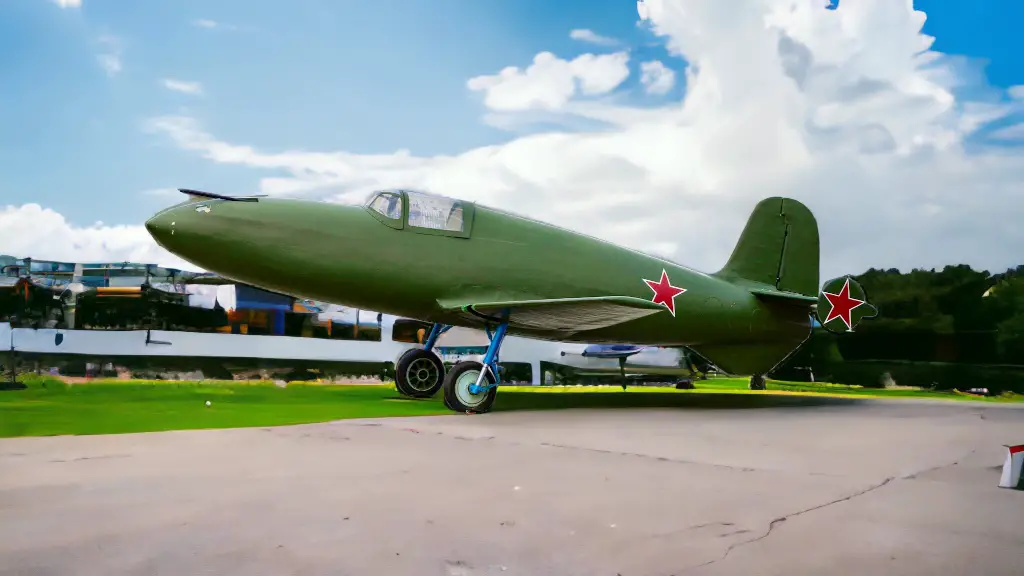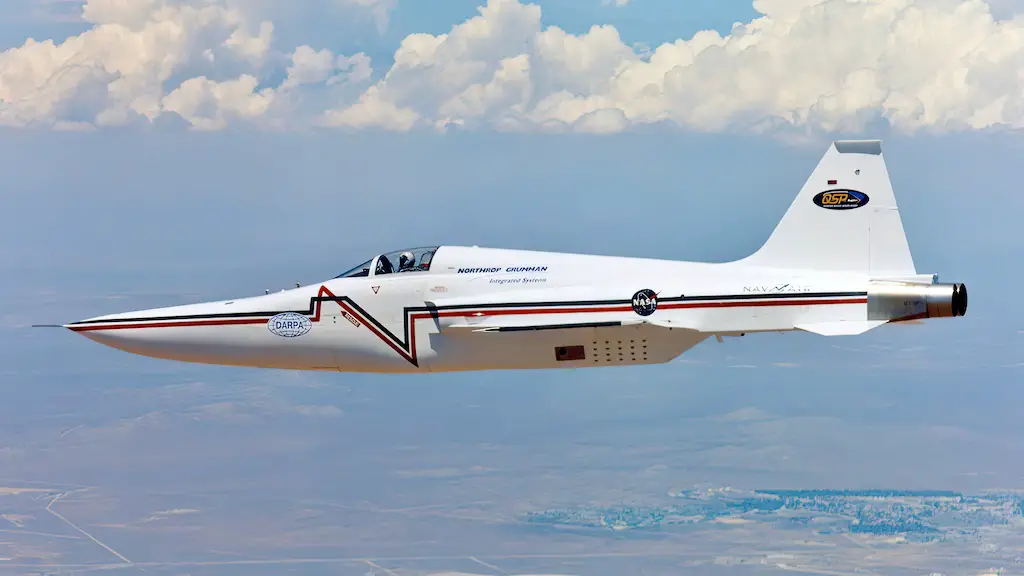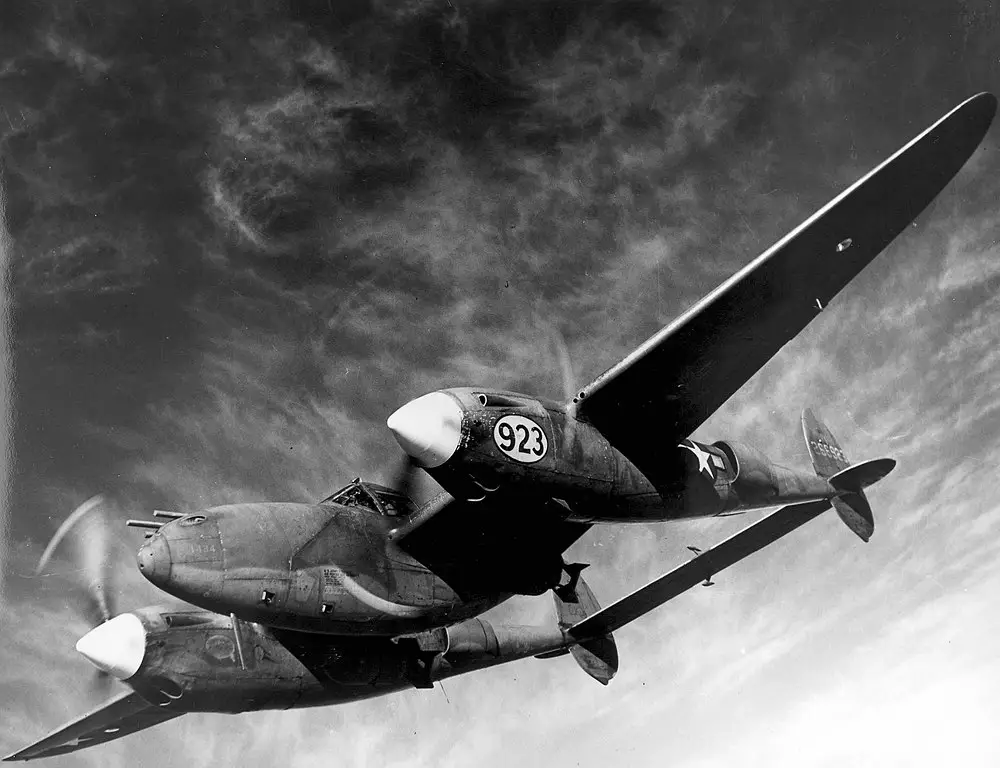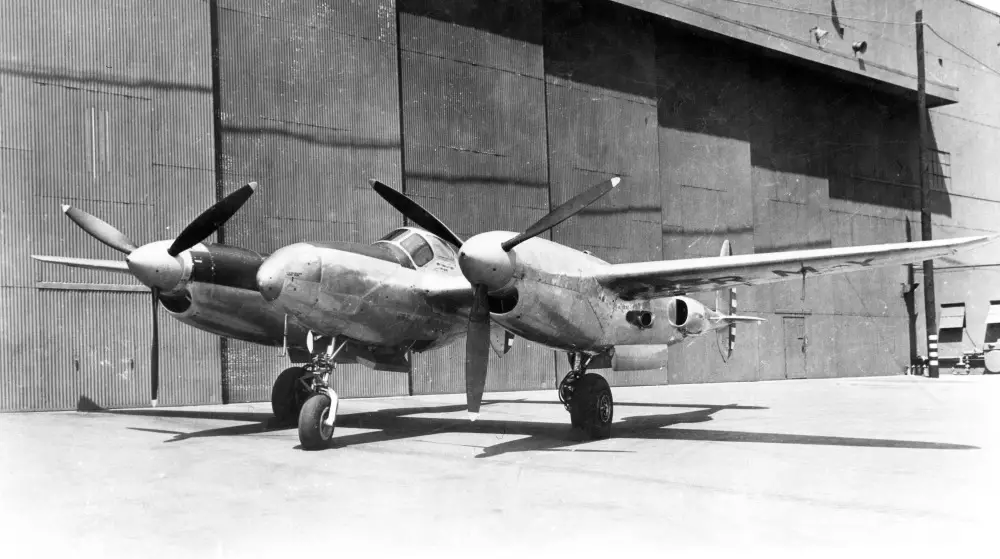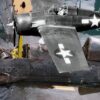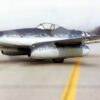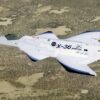Amid the fervent innovation of World War II, Lockheed’s XP-49 project set out to redefine aerial combat by surpassing the esteemed P-38 Lightning. Responding to the 1939 US Materiel Division’s call for a new interceptor, Lockheed aimed to merge time-tested designs with cutting-edge advancements. However, the rapid evolution of aerial warfare and the P-38 Lightning’s own improvements outpaced the XP-49, leaving it as a singular prototype with unrealized potential.
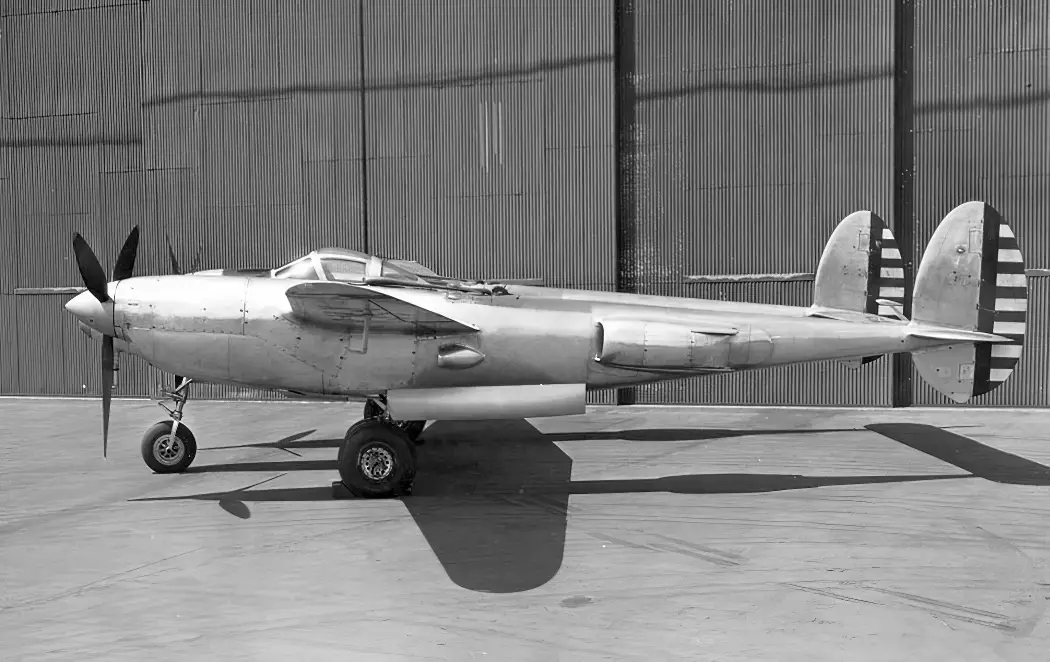
Lockheed’s creation of the XP-49 project directly addressed the United States Army Air Corps (USAAC)’s demand for a superior high-altitude interceptor. The mandate was straightforward: enhance existing airframe designs with more potent engines to push performance boundaries. Lockheed’s ambitious response proposed not just an upgrade, but a reimagining of the P-38 Lightning. With enhancements like enlarged fuel tanks for extended range, a pressurized cockpit for effective high-altitude operation, and the innovative Pratt & Whitney X-1800 engines, the XP-49 aimed to become an engineering marvel.
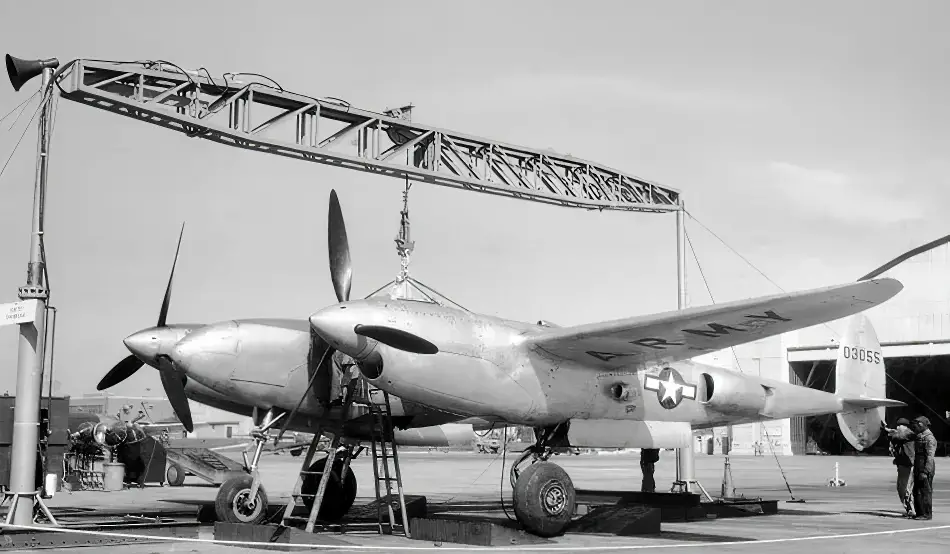
Crafting the XP-49
Lockheed’s design for the XP-49 showcased its ambitious vision. Centered on the Pratt & Whitney X-1800, a 24-cylinder liquid-cooled engine, the aircraft promised to deliver between 2,000 and 2,200 horsepower. This engine was to enable the prototype to reach speeds of 473 mph at 20,000 feet, with production models potentially achieving an astonishing 500 mph at the same altitude, thanks to the more powerful Wright R-2160 Tornado engines.
Lockheed designed the XP-49 as the ultimate high-altitude interceptor, with innovations ensuring unparalleled performance. The pressurized cockpit, a significant advancement, would enable pilots to operate effectively at otherwise unreachable altitudes for enemy fighters. Combined with increased fuel capacity and aerodynamic enhancements, the XP-49 aimed to dominate the skies.
Overcoming Challenges and Compromises
The XP-49 faced considerable challenges despite its advanced design. The ambitious nature of its innovations and technical difficulties presented significant obstacles. The project’s reliance on the promising performance of the intended powerplants hit a critical roadblock with the discontinuation of the X-1800 engines, forcing a switch to the less powerful R-2800 engines. This change significantly impacted the XP-49’s performance expectations and potential superiority.
Lockheed’s commitment to innovation was evident in the XP-49’s development. Engineers meticulously refined each design aspect, from the streamlined fuselage to the wing planform, enhancing the aircraft’s performance. The integration of a pressurized cockpit addressed the strategic shift toward higher-altitude combat, marking a forward-thinking approach in aircraft design.
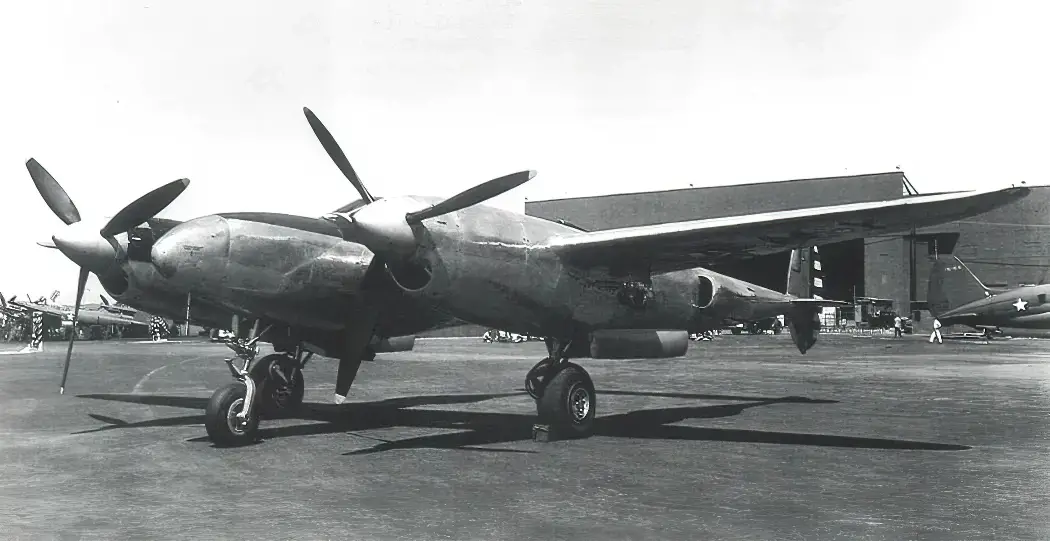
Addressing the Armament Challenge
Equipping the XP-49 with a complex and heavy armament suite without compromising its aerodynamic performance posed a significant challenge. Lockheed aimed to arm the XP-49 with formidable firepower, requiring innovative solutions to balance the aircraft, optimize weapon systems for combat efficiency, and ensure maintenance accessibility.
As the XP-49 emerged, it entered a fiercely competitive field where manufacturers vied to produce the most advanced fighters. Lockheed sought to surpass not only the P-38 but also contemporaneous designs, offering a combination of speed, firepower, and high-altitude capability. Yet, the rise of jet technology began to overshadow propeller-driven designs, raising questions about the XP-49’s viability in a rapidly evolving military landscape.
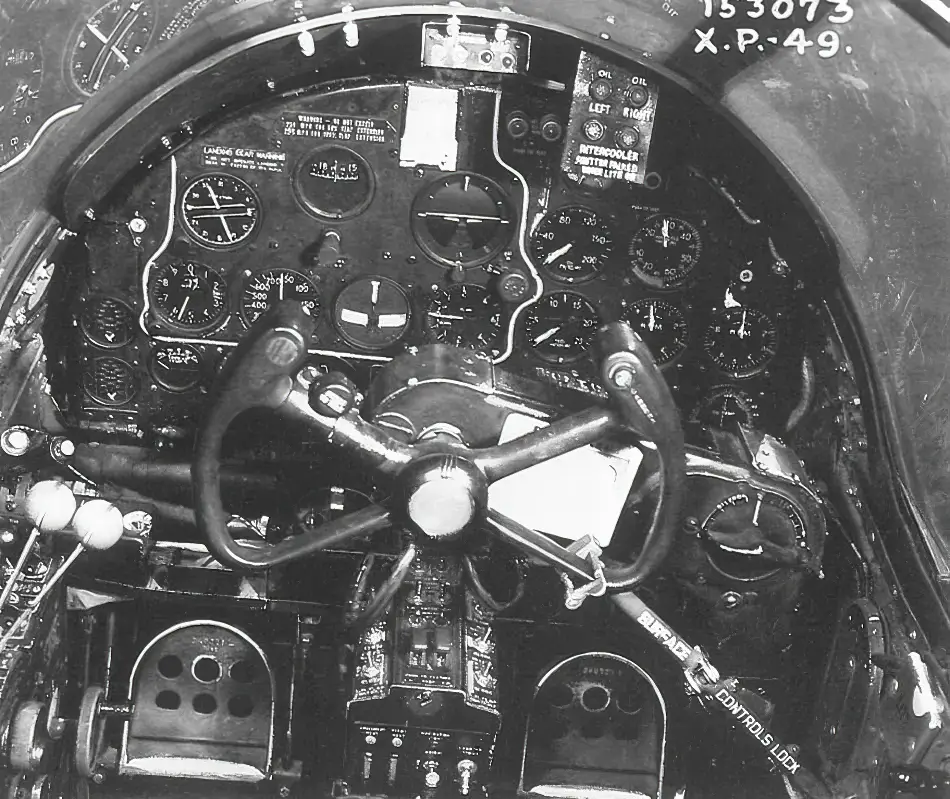
Facing the Jet Age
The introduction of jet-powered aircraft presented a fundamental challenge to the XP-49 and similar projects. Jets brought performance capabilities, especially in speed and operational ceiling, that piston-engine fighters could not match. This shift in technology steered military priorities toward jets, reducing the strategic importance of advanced propeller-driven designs like the XP-49.
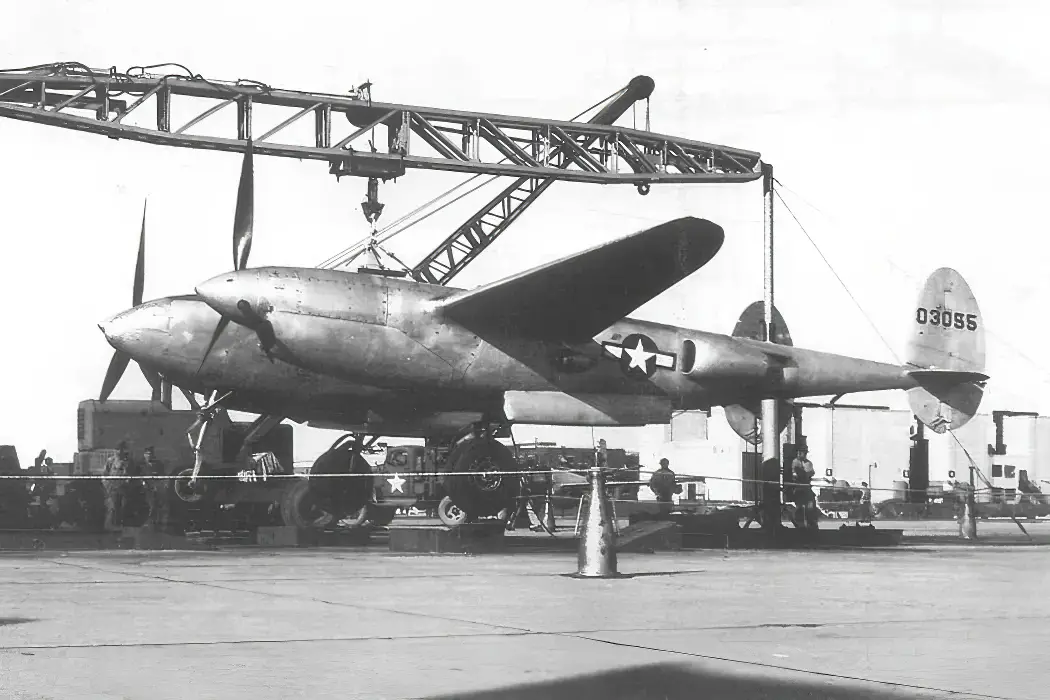
The decision to cancel the XP-49 project stemmed from various factors. Although the aircraft showed some improvements over the P-38, the performance did not justify further investment, especially considering the compromises made due to the engine substitution. Additionally, the rapid advancement of jet propulsion technology made the XP-49’s design increasingly obsolete.
